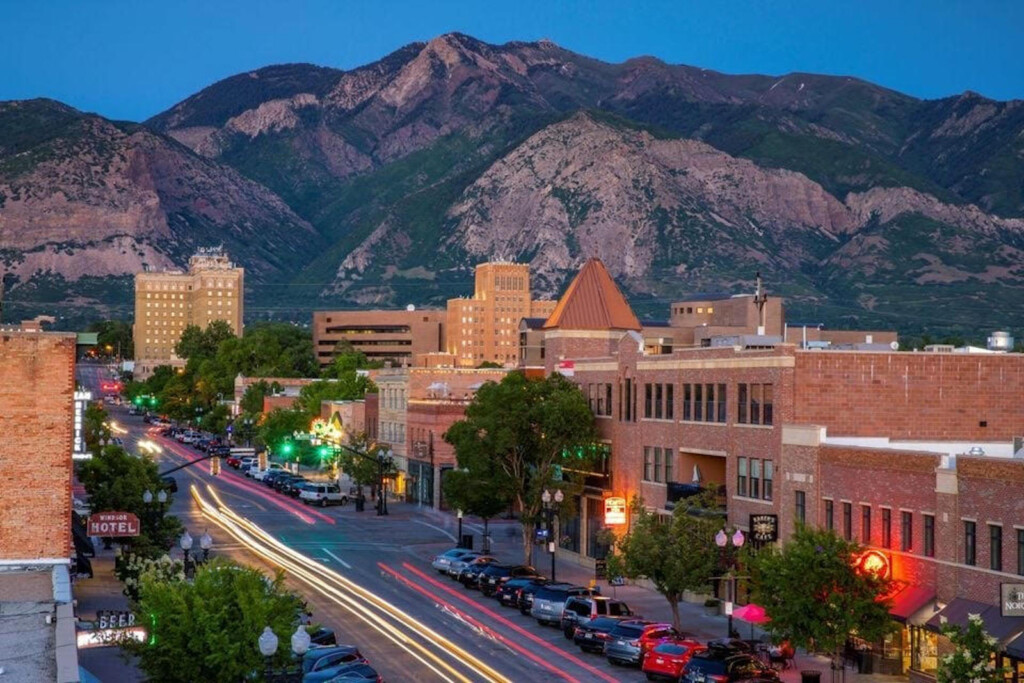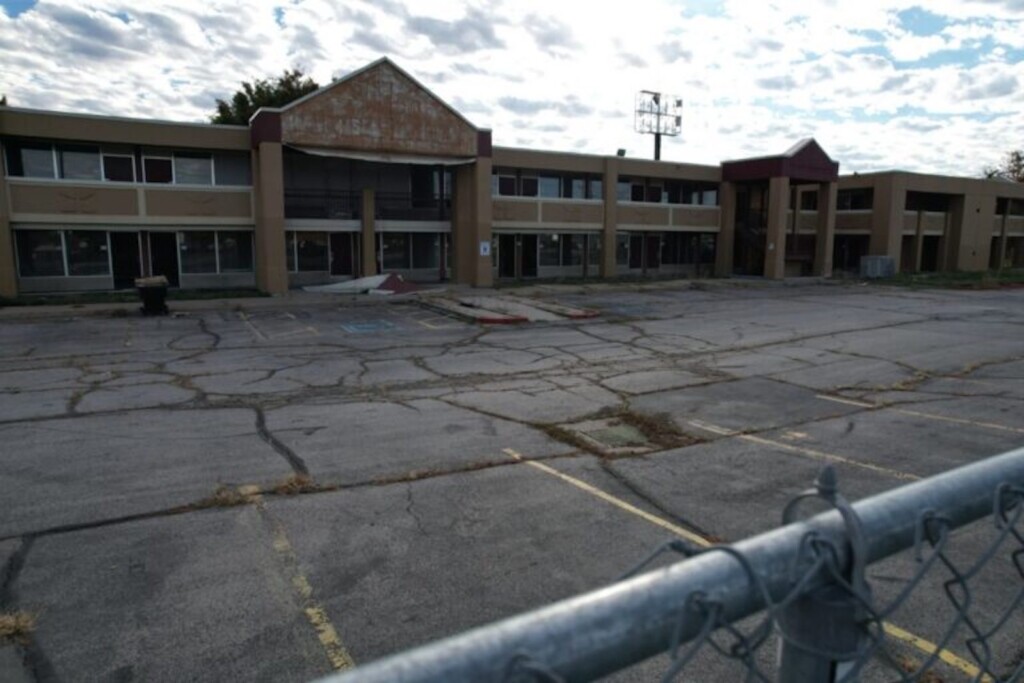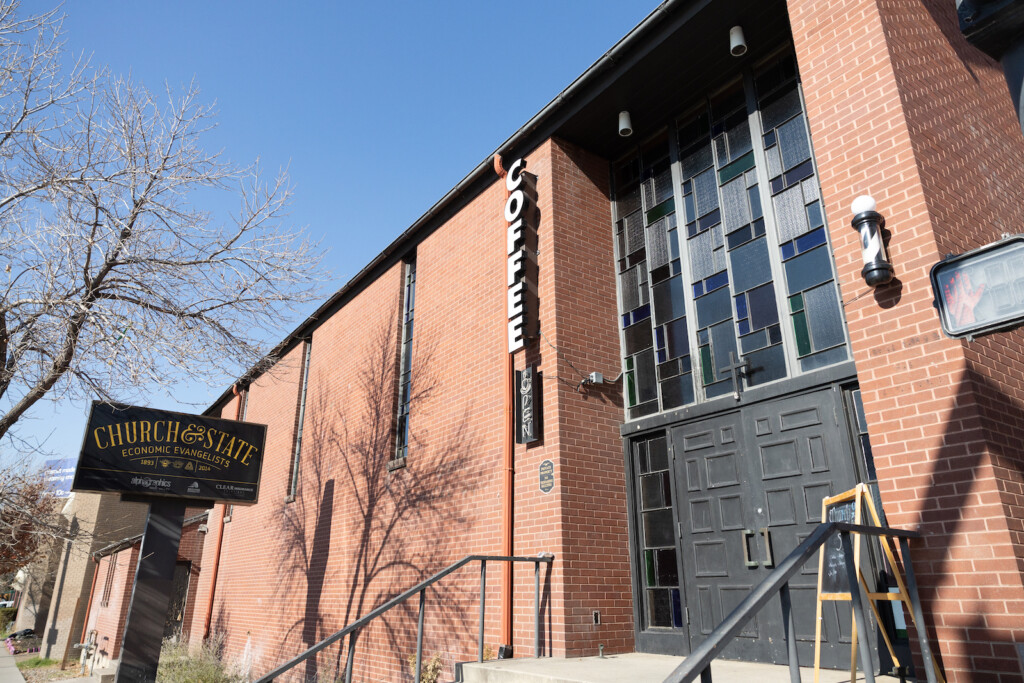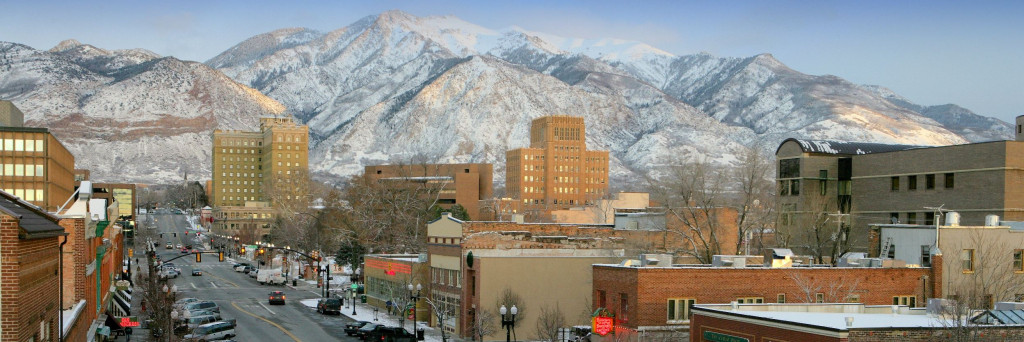
OGDEN ― Land use decisions directly affect a city’s long term fiscal health.
Such is the core belief of Strong Towns, a nonprofit advocacy organization that aims to replace the decades-old mindset of suburban sprawl and big-box development with something more sustainable.
As Strong Towns sees it, high density mixed-use development provides cities with the greatest return per acre in property tax revenue. And the numbers confirm that premise.
The 220,000 square foot Walmart ― built on 34 acres ― had a taxable value of $20 million. Its per-acre tax bill came to $6,500.
The taxable value of the downtown 54,000 square foot building on .19 acre came to $11 million ― with a corresponding tax bill of $634,000 per acre.
“This is not important because we love multistory buildings or density. It doesn’t have anything to do with aesthetics,” Strong Towns Program Director Rachel Quednau said in her 2017 article. “Rather, it’s important because that simple six-story building uses just a few dozen yards of street and sidewalk and pipe while generating tons of revenue for the city.”
In contrast, Quednau noted that Walmart’s massive use of public infrastructure places ongoing demands on the city’s budget.
While Strong Towns and Urban3 might not be the final word on community planning and growth, municipal development staff are heeding their findings.
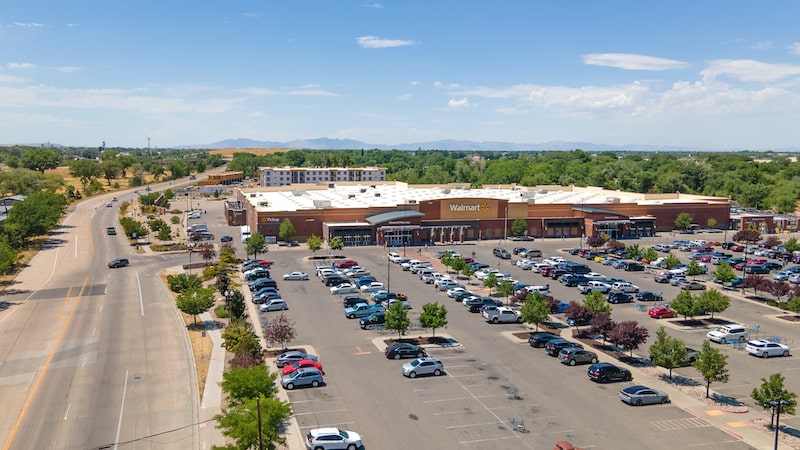
Balanced approach
In 2017, Ogden’s Community and Economic Development team asked Urban3 to determine where the city’s highest and most valuable property was located. It turned out to be the city’s compact and dense downtown.
Brandon Cooper, Ogden CED Director, said that Urban3’s conclusion was “one of the things we’ve really doubled down on.”
“Our job was to return services back to the community as a result of their tax payment,” Cooper said, adding that, “we can’t just continue to tax people into prosperity.”
The Ogden Walmart at 1959 Wall Avenue, built in 2010, consists of a 147,560 square foot structure on 15.6 acres. Valued at $11,652,000, its 2022 tax bill came to $146,303 ― or $9,360 per acre.
We compared it to the south side of the lower block of Historic 25th Street, where structures reach three stories and fit snugly side by side.
Some buildings date back to 1887, while the newest were constructed by 2005. When combined, those 13 properties cover just over one acre (1.06), with structures adding up to 44,213 square feet and a total taxable value of $5,743,601. Their 2022 tax bills came to $68,201 ― or $64,341 per acre.
The downtown Tower View Apartments, built in 2016, offer another interesting comparison to Walmart. Built on 1.58 acres, the three-story 305,444 square foot structure at 2276 Washington Blvd. has a taxable value of $30.4 million. Its 2022 tax bill came to $212,264 ― or $134,345 per acre.
These are compelling figures, but for a city that stretches across several unique neighborhoods and districts, Cooper sees the need to take more factors into account when it comes to community planning.
For example, property tax falls into two categories: real and personal. The larger buildings at Business Depot Ogden might yield lower per-acre tax value, but some might also house expensive machines that yield significant personal property tax revenue.
“So all of that is taxed and comes to the benefit of the city,” Cooper said.
But Strong Towns and Urban3 continue to influence development in and around the city’s core.
A few blocks east of downtown, the long-vacant lot at 24th Street and Monroe Boulevard ― once the home to an IGA grocery and Rite-Aid drug store ― is finally slated for mixed-use development that should launch in early 2023.
“It will have a smaller grocery store, and some smaller retail … and it will largely be residential housing,” Cooper said, describing it as a microcosm of developing the balance needed to achieve sustainability.
Megan Townsend, Community and Economic Director for the Wasatch Front Regional Council, provided a multi-county perspective.
“As a general principle, it’s very wise for a city to look at the bottom line and plan for both quality of life and fiscal sustainability,” Townsend said in support of Strong Towns and Urban3 models especially for core downtowns and surrounding neighborhoods.
But she cautioned against a one-size-fits-all approach, saying that planners must also take into account a city’s existing conditions, fiscal needs and the things that make it unique.
“Diving into the weeds for every neighborhood is really important,” Townsend said.
RELATED CONTENT
The Fate of Ogden’s Union Station
Vanishing Farmland: Paradise Lost as Vital Farmland Gives Way to Development in Ogden Valley, Utah
More Development Projects Coming to Ogden
Trouble in Paradise: Ogden Valley Considers Its Water Use Future
SUPPORT LOCAL JOURNALISM AND SUBSCRIBE TO PRINT MAGAZINE
Subscribe to Utah Stories weekly newsletter and get our stories directly to your inbox




